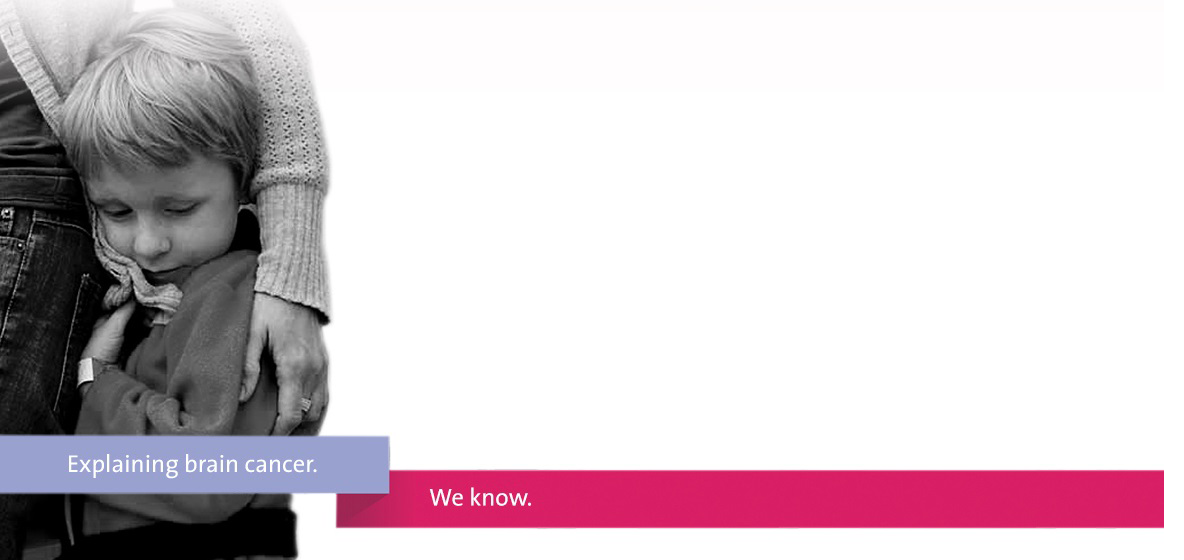After many months of waiting, the WHO has published the new categorisation for brain tumours, which provides a more precise and accurate system of classifying brain tumours.
What does this mean for people living with a brain tumour?
For the first time the categorisation combines molecular information with histology (the type of tumour). This means that clinicians will be able to reach a more accurate diagnosis, a better prognosis and more focused treatment planning. It is a step closer towards personalised treatments as clinicians will be able to target therapies more accurately.
And for research?
This is a significant step forward for neuro-oncology research. Research and the development of new treatments will mean that patients can be better matched based on the molecular signature of their brain tumour. And of course, once the data about brain tumours is gathered we will be able to look at disease trends which may help us identify causes and risk factors.
The counter argument
Although for the most part the new categorisation is good news, it does have some drawbacks and will have a significant impact on reporting. The data capture that is currently happening will become superseded by new datasets, meaning that presentation of long term trends and building a case for people with a brain tumour will become even more difficult.
If you need help understanding what the new categorisation could mean for you then just send us an email to
hello@brainstrust.org.uk








